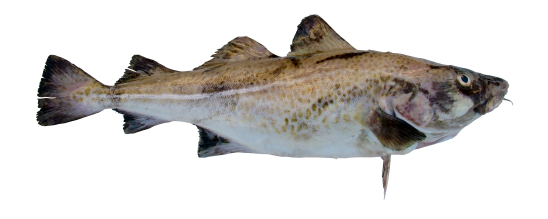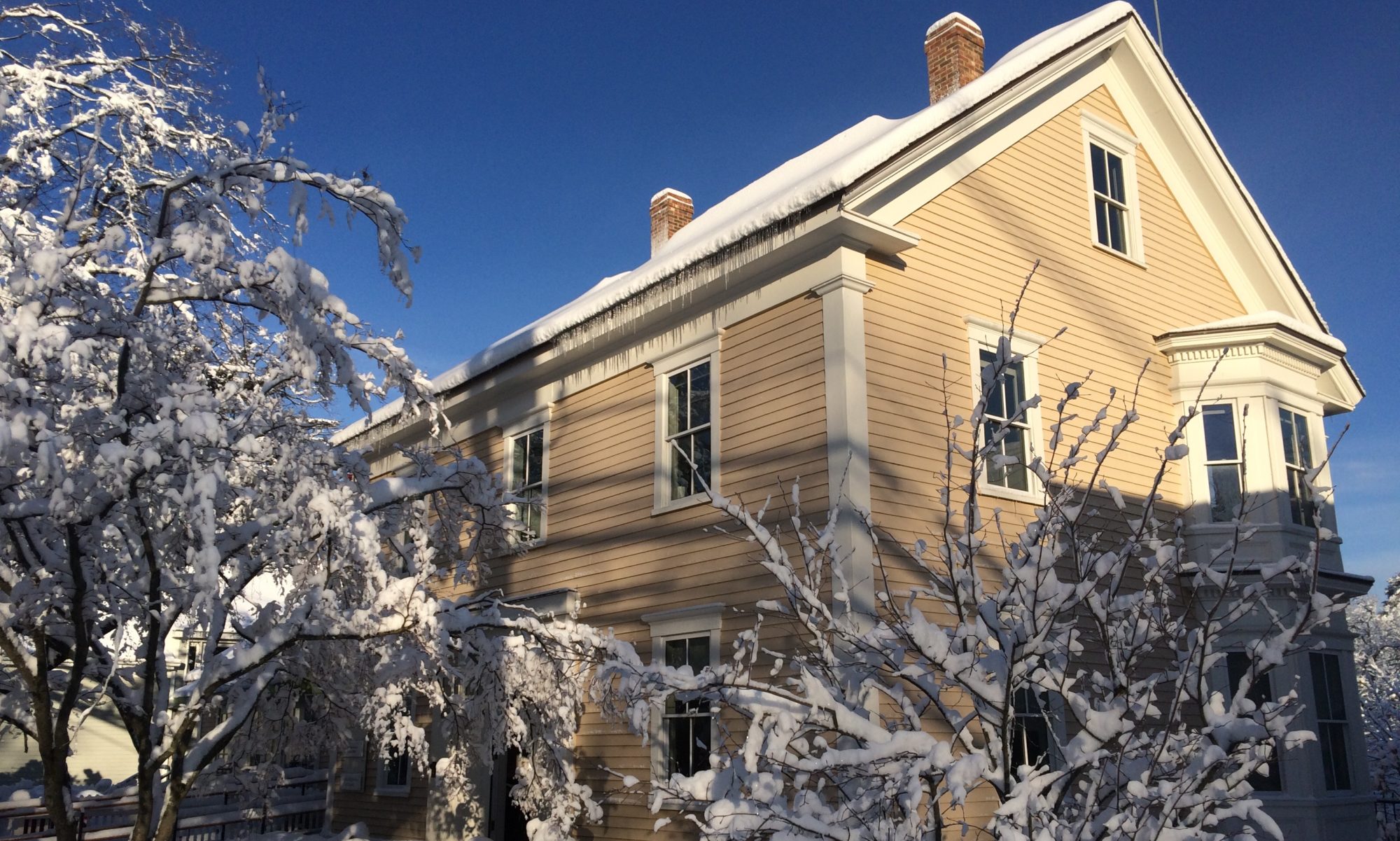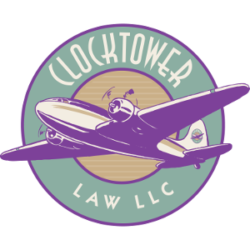Trademarking slogans and taglines.

In the late 1980s, Apple Computer spun out some of its software products (including, I believe, MacWrite, MacDraw, and FileMaker) into a new company called Claris. A branding awareness advertising campaign included prints ads run in magazines such as MacUser and MacWorld. The ads were hilarious. One showed a pad of paper with new slogans (or taglines) for Claris, one of which was “Claris – now with the great taste of fish!” Whenever I think of company slogans, I think if that Claris ad.
Clock Tower Law Group’s trademark portfolio includes four main categories of trademarks:
A trademark is just that – a mark of a trade. Something that identifies the source of the products or services being offered. If a slogan or tagline is being used to identify the source of a company’s goods/services, then it can be registered with the the United States Patent and Trademark Office (USPTO).
The following are some of the registered slogan/tagline trademarks for some of Clock Tower Law Group’s clients.
- Actions, Interactions, Transactions
- ENHANCING GROWTH & PROFITABILITY
- REAL ESTATE. REAL TIME. REAL EASY!
- RESPECT THE ARTIST
- ADVANCING THE THEORY AND PRACTICE OF PROJECT MANAGEMENT
Note that all trademark applications are public records, so none of this information is confidential. Also, since patent and trademark law is federal law, Clock Tower Law Group’s clients can be (and are) located anywhere in the country or the world.

